Table of Contents
Ear piercings are one of the most common and popular forms of body modification and self-expression, but ensuring they heal properly requires careful attention and appropriate aftercare. How long after getting your ears pierced can you change your earrings? It is one of people’s most frequently asked questions. In addition to answering your question, this article will offer safety tips and recommendations to help you take good care of your new piercings.
The Healing Process
The natural healing process for ear piercings varies depending on the type of piercing and individual factors. While cartilage piercings, such as helix and tragus piercings, can take three to six months or longer to heal properly, ordinary earlobe piercings usually cure in six to eight weeks.
Paying attention to the recommended ear piercing aftercare during the healing phase is essential to avoid issues and ensure optimal piercing healing. The original jewelry, typically composed of sterling silver or surgical-grade stainless steel, should be kept to prevent interference with the healing process.
When to Change Earrings After Piercing
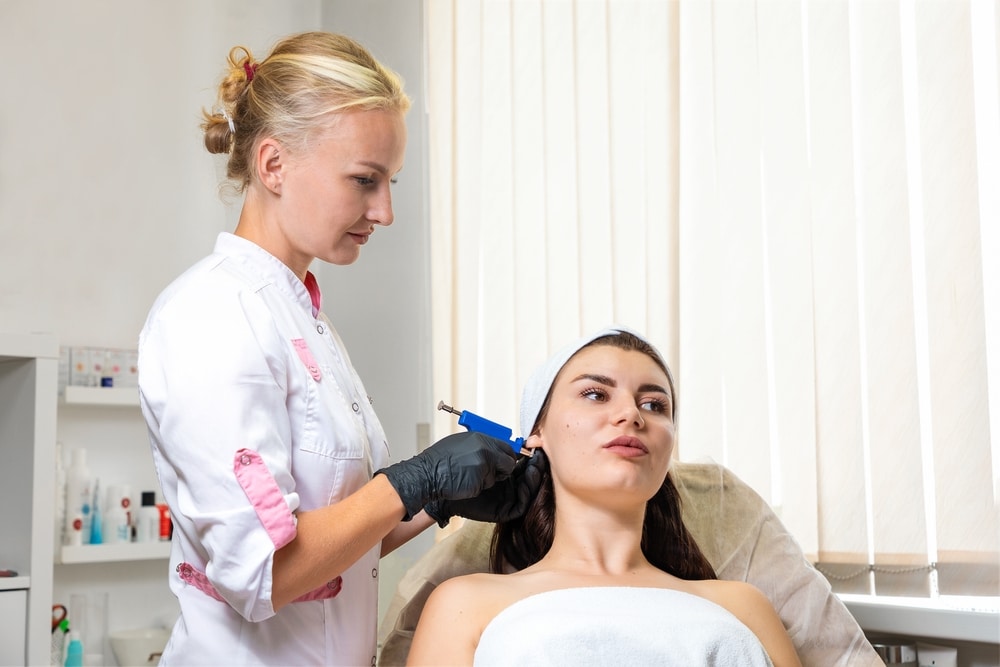
Before you decide to change your earrings, you should generally wait 6 to 8 weeks after getting earlobe piercings. It would help if you waited three to six months before getting cartilage piercings like the tragus or helix. Ensuring the piercing has fully healed is essential before switching out the jewelry.
Factors Influencing Healing Time
How long it takes to switch out your earrings depends on several things, such as:
Location of the Piercing
Earlobe piercings typically heal faster than cartilage piercings. Also, The aftercare routine for piercings can significantly impact how long it takes to heal.
Jewelry Material
Using surgical-grade stainless steel or other hypoallergenic materials helps fasten the healing process.
Individual Healing Rates
Everyone’s body heals at different rates, so some may heal faster or slower than others.
Piercing Aftercare Tips
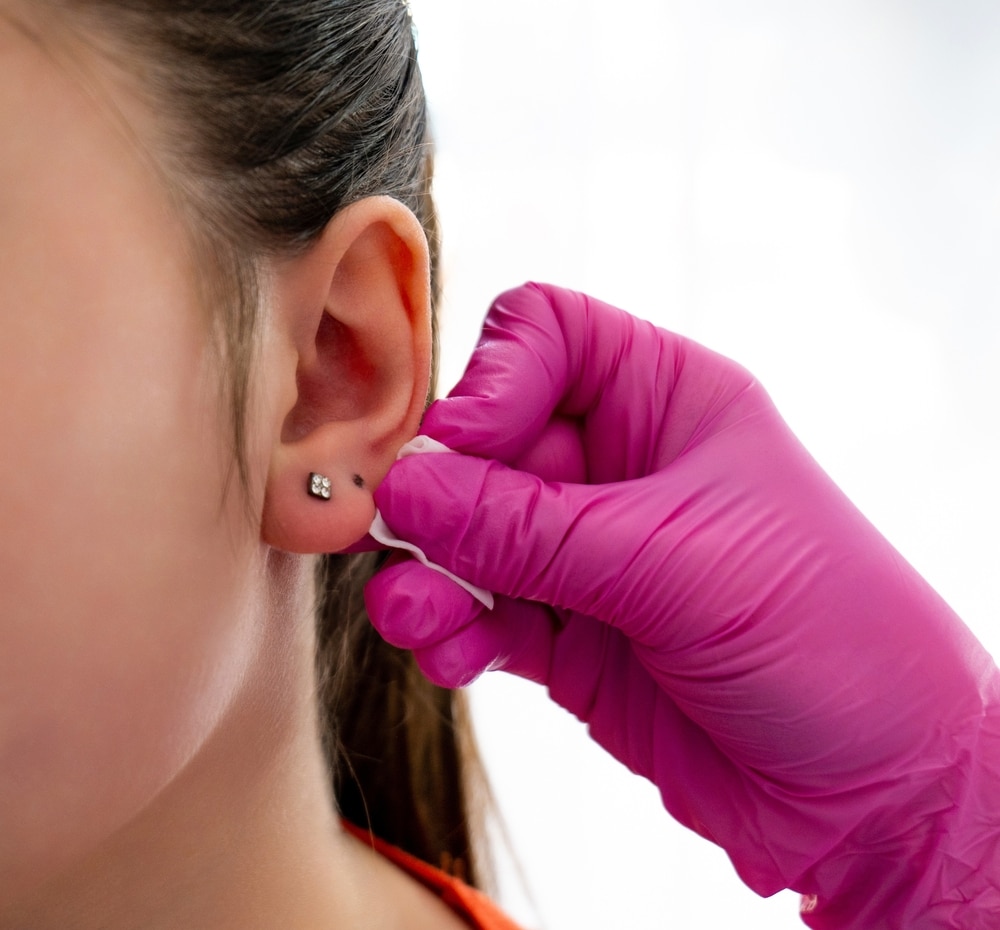
Proper aftercare is essential to ensure that your piercing heals without issues. Apart from the concern of changing earrings, you should also make sure that your ear lobes are clean. The following are some important tips for maintaining proper hygiene and cleaning your piercing:
Saline Solution
Clean the piercing with a sterile saline solution twice daily. This encourages healing and keeps the region free of bacteria. To create a saline solution at home, one cup of warm distilled water and 1/4 teaspoon of non-iodized sea salt can be dissolved.
Avoid Touching
Don’t touch the piercing with dirty hands. Always wash yourself well before cleaning your piercing or changing your jewelry.
Gentle cleaning
Clean the area surrounding the piercing with a swab or clean cotton ball dipped in saline solution. Avoid using alcohol or hydrogen peroxide, as these can dry out the skin and delay healing.
Prevent Irritants
Stay away from the piercing site when using perfume, hair products, or other potentially irritating items. Additionally, avoid swimming in natural waterways like pools and hot tubs, as these might contain bacteria.
Rotate the Jewelry
To keep the jewelry from sticking to the skin during cleaning, gently rotate it as your professional piercer directs.
Sleeping Position
Avoid sleeping on the side of your freshly pierced side. This may lessen pressure and discomfort, speeding up the healing process.
Regular Checks
Regularly check your piercing for any unusual changes or indications of infection.
Piercing Infections and Complications
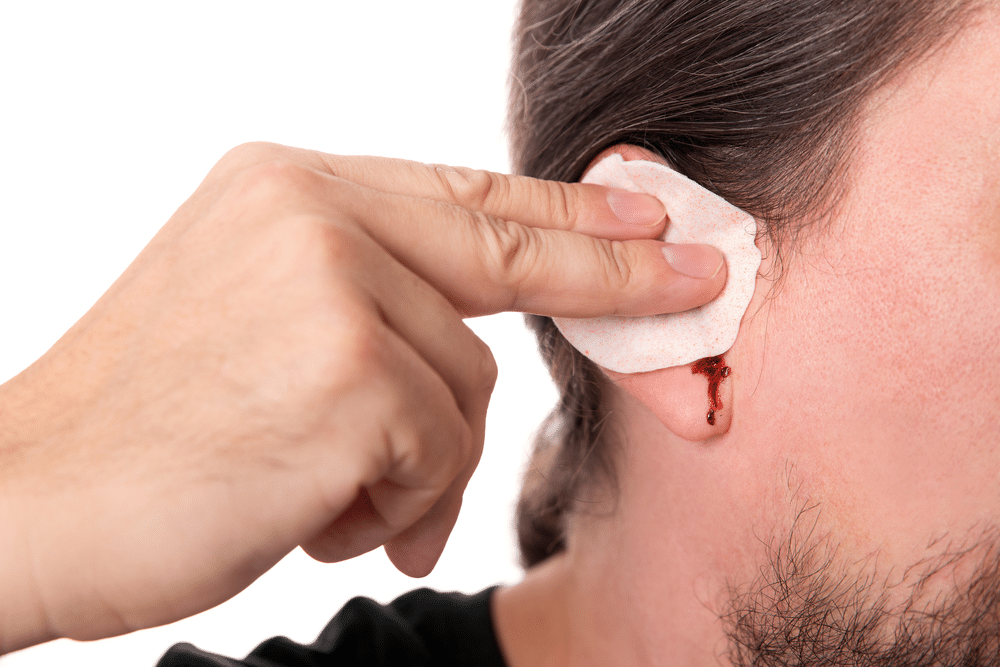
Even following proper maintenance for ear piercings, infections can still happen. Infections from piercings may result in:
- Elevated swelling and redness
- Continual discomfort or itching
- Green or yellow discharge that smells bad
- Chills or fever
Jewelry Choices for New Piercings
Selecting the appropriate jewelry is essential to a successful healing process. Throughout the healing process, it’s necessary to select the best earrings for newly pierced ears. Because they are hypoallergenic, sterling silver and surgical-grade stainless steel are well-liked options. These materials lower the possibility of allergies and infections and encourage quicker healing.
The Role of Professional Guidance
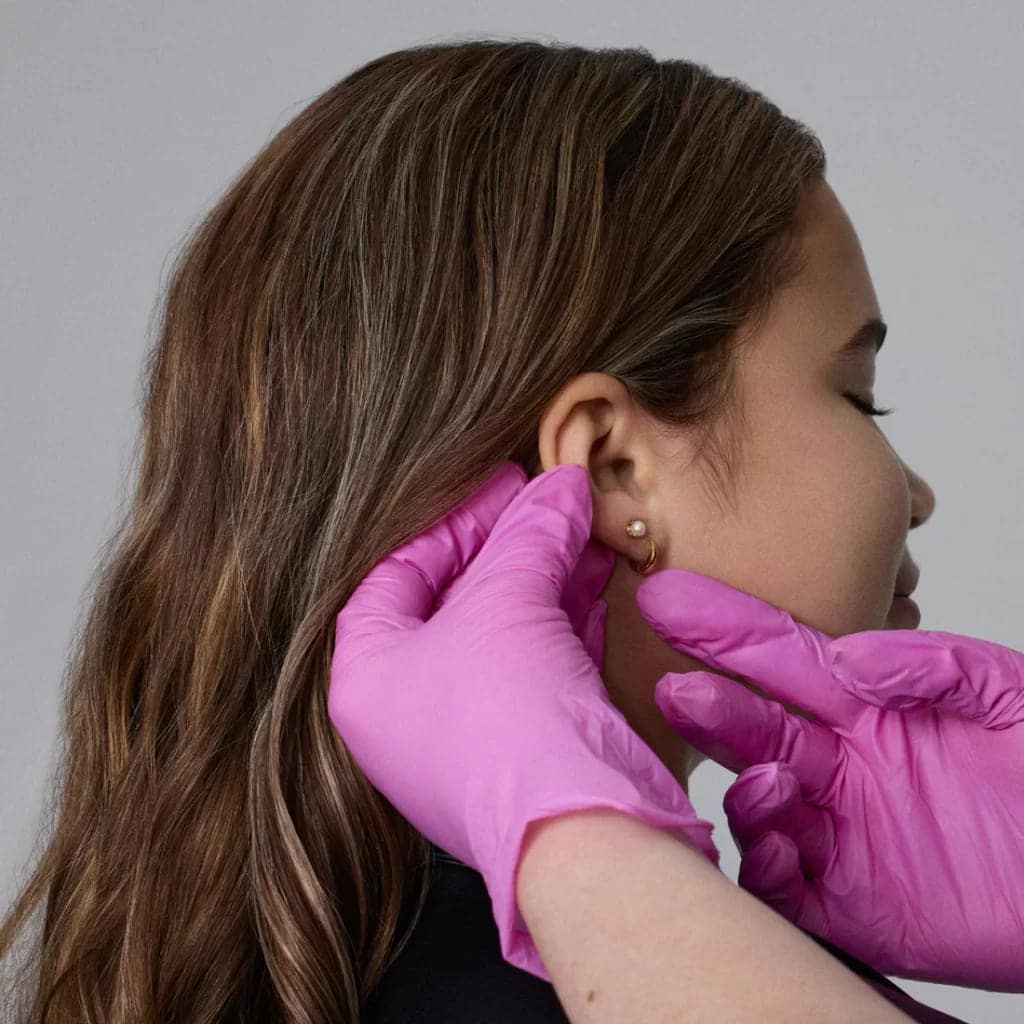
A professional piercer can offer personalized advice and care instructions during healing. Expert piercers are capable of addressing all your problems.
- They can suggest or offer quality aftercare products made especially for maintaining piercings.
- Make follow-up sessions to monitor the healing process of your piercing.
- A professional can answer any queries regarding your piercing, ensuring you get reliable and precise details.
Long-Term Piercing Care
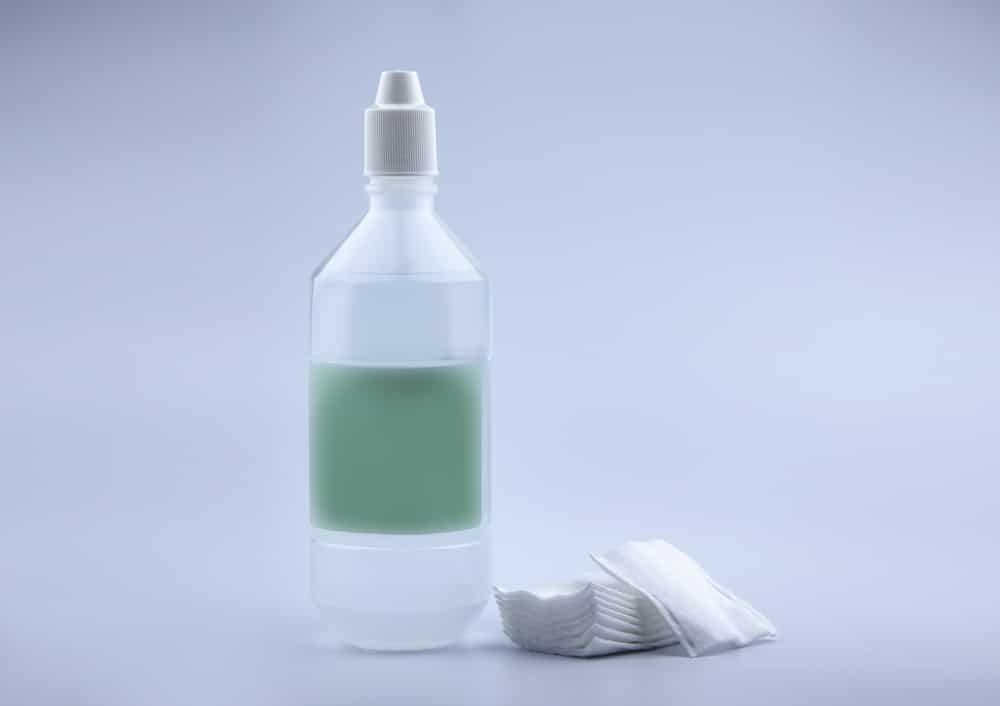
Well, once you have pierced your ears, you have to take care of them so they don’t get infected. We understand that changing earrings is also important, but good hygiene should be prioritized. The health and lifespan of your piercing depend on you continuing to practice good hygiene and take the necessary care of it even after it has healed completely. The following advice relates to long-term care centers.
Regular Cleaning
Clean your earrings and piercings regularly to prevent dirt and bacteria buildup.
Superior Jewelry
Selecting fine, hypoallergenic jewelry is the best approach to reduce the chance of allergic reactions and infections.
Avoid Trauma
Take care when engaging in activities that can injure your piercing, such as contact sports or wearing heavy earrings that could pull on it.
Conclusion
After getting a piercing, changing out your earrings too soon might cause problems like slow healing and infections. It’s crucial to follow the recommended aftercare instructions for ear piercings and wait until the piercing is completely healed before switching out your earrings. This usually means waiting six to eight weeks for earlobe piercings and three to six months or more for cartilage piercings to cure fully. Proper maintenance, which includes cleaning with a saline solution and selecting hypoallergenic jewelry like sterling silver or surgical-grade stainless steel, can ensure a smooth healing process. By taking good care of your new piercings and following the instructions of a professional piercer, you can change earrings with ease and safely show off your style.
Frequently Asked Questions
What are the risks of changing my ear piercing too early?
Changing an ear piercing too early can lead to infection, irritation, prolonged healing, and potential closure.
Is it safe to remove my earrings after four weeks?
Removing earrings after four weeks risks infection, irritation, or closure; wait 6-8 weeks minimum.
Why is it important to wait at least six weeks before changing my earrings?
Waiting six weeks allows the piercing to heal, reducing infection and irritation and preventing closure.
What are the signs that indicate my ear piercing has healed?
Signs of a healed ear piercing include no pain, no swelling, no discharge, and smooth skin around the piercing.
How long is the recommended duration for keeping earrings in newly pierced ears?
The recommended duration for keeping earrings in newly pierced ears is at least 6-8 weeks for earlobes and up to 12 weeks or more for cartilage piercings.
What complications can arise from premature earring removal?
Premature earring removal can lead to infection, irritation, swelling, prolonged healing, and the piercing closing up.

